Keeping tropicals warm in zone 9b
Amaryllis H
8 years ago
Featured Answer
Sort by:Oldest
Comments (34)
Amaryllis H
8 years agoRelated Discussions
Ficus Bengalensis in UK (Zone 9b)?
Comments (1)To keep the tree happy, it should be at 70-80* F. when it's actively growing & never below 55* in winter. Tropical figs are very sensitive to temperatures much below 55* because photosynthesis grinds pretty much to a halt at these lows. To compound the issue, the length of time it takes for the tree to return to normal photosynthesizing ability after exposure to chill is measured in days, not hours. There is also the issue of light. While they will exhibit reasonable vitality when grown in bright shade, they do best when acclimated to full sun. I'm afraid that the stress from lack of light, coupled with low temperatures is more than the tree will tolerate. Zone 10b and good light is really about the upper zone limit the tree will tolerate in the ground. Al...See MoreTraveler's Palm in Zone 9b?
Comments (23)It depends on where you live in the bay area and your exposure. Best scenerio is you live away from right on the bay,south of the Golden Gate by 10 miles to downtown San Jose,and you can then plant it as Bahia said,up against a hot wall or courtyard where heat builds up AND that bay breeze is blocked. Without a doubt you dont want it to be shaded by structures or trees. Would also help to have a stone mulch under it. Stones tends to be warmer and drier. T.P.,IMO,doesnt have to be as large as the tropics to be a showpiece.Just that unique fan shaped growth of leaves stands out. And if you get any trunk in a decent period,that's just more bonus! I dont care what others say. The difference in tropicalia growth here in the bay area can be SouCal like in the most favored areas. No frost and mid 70's to near 80 all summer is not what most people think we have.Most think of frigid San Francisco and that blustery wind and dense fog. I havent had a single plant that grows in SouCal easily,not also grow here in the eastbay.Not as large or as fast as in S.C., maybe-but growing. Mangos,Pachypodiums,Ficus like benjamina to petiolaris,even the Bo tree. When we get those once a decade freeze's,spend some time to cover and protect and your plants WILL survive.Not a bad trade off for such a northerly climate and a hour's time throwing blankets on plants once a decade!...See Moresuggestions on what will grow and produce in zone 9b bordering 9a
Comments (5)hey Al, the mangos would need winter protection. The condo mangos, sugar apples, and carambolas can be grown in pots and brought indoors, or at least moved to a covered area. Warning, if you do the large potted tree thing, in a few years you will start looking into a greenhouse. So far, I have not tried a feioja that I like (I've had smooth skinned and bumpy). Tropical guavas on the other hand can be quite good. If you like sweetish fruit, strongly consider planting a white sapote in the ground. Possibly you could find some fruit at a farmers market to try first. Seedlings grow fairly fast, you could then graft over to a known flavor later. Make sure to keep one branch of your seedling to try the fruit, just in case it is cultivar of the future. You could also just buy a ready grafted variety to make things easier and achieve fruit faster. Jaboticaba would also make a great conversation piece for your yard. -Ethan...See Moreneed help with soil. Zone 9b San Jose Ca
Comments (13)It is still dormant. Watch putting her in the direct sun real fast. We had that hot week and then this cool one. Do you have a sunny window to put her in. It is going to take awhile till you see much change. Once she is use to the sun she will love it out there. Most say to plant them with about 2" all the way around from the caudex to the pot. A lot of people here like about 4 to 6" of pot below. I use a bonsai pot so as to keep a smaller tree. It would grow in this pot for a very long time. But it likes tight roots. Since our nights can be cool bring it in when it is below 50. We are suppose to be warming up. Remember you can have a micro climate in your area so you will have to judge that the soil is draining and damp. not soggy. When your up against the hills the temps, humidity and breezes can very. I grew up in Niles. so I know the various weather the bay gets. Just keep a look out for caudex that gives or branches that get odd spots on them. I am guessing your tree is about 4 months old. But I may be wrong. With all the great heat you will be having soon. The roots will build them selves up and start pushing out leaves. My young ones do it slowly. I have even seen some throw a bloom before our Oct weather turns cold. Give it as much light as you can when in the house. But don't let the window glass burn the skin. Be patient with it. It grows at it's own rate. When it is older you can learn to shape and graft on it if you want....See Morestanofh 10a Hayward,Ca S.F. bay area
8 years agoAmaryllis H thanked stanofh 10a Hayward,Ca S.F. bay areaAmaryllis H
8 years agogreenman62
8 years agoAmaryllis H
8 years agoAmaryllis H
8 years agostanofh 10a Hayward,Ca S.F. bay area
8 years agoAmaryllis H thanked stanofh 10a Hayward,Ca S.F. bay areaAmaryllis H
8 years agoKyna Lim
8 years agoAmaryllis H
8 years agoAmaryllis H
8 years agostanofh 10a Hayward,Ca S.F. bay area
8 years agoKyna Lim
8 years agoAmaryllis H
8 years agogreenman62
8 years agostanofh 10a Hayward,Ca S.F. bay area
8 years agolast modified: 8 years agogreenman62
8 years agoAmaryllis H
8 years agogreenman62
8 years agoAmaryllis H
8 years agostanofh 10a Hayward,Ca S.F. bay area
8 years agoBahamaDan Zone 12b Subtropics
8 years agogreenman62
8 years agoseagel
8 years agolast modified: 8 years agostanofh 10a Hayward,Ca S.F. bay area
8 years agostanofh 10a Hayward,Ca S.F. bay area
8 years agoAmaryllis H
8 years agostanofh 10a Hayward,Ca S.F. bay area
8 years agolast modified: 8 years agoAmaryllis H
8 years agoAmaryllis H
7 years agolast modified: 7 years ago
Related Stories
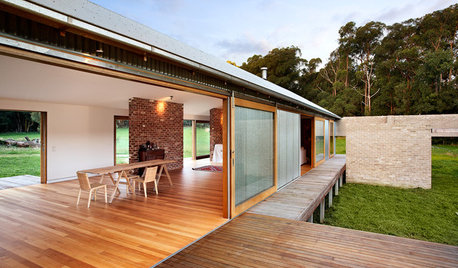
ARCHITECTUREHow Thermal Mass Keeps You Warm and Cool
Passive solar design makes use of this element. Here’s how it works and how you can get it in your home
Full Story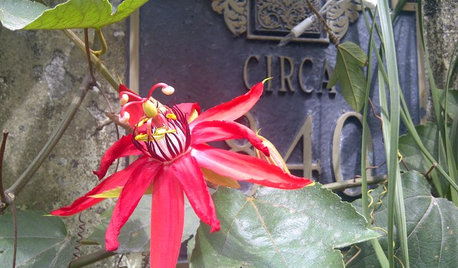
FLOWERS5 Sensational Flowering Vines for Warm Climates
Splash your garden with bright tropical color from late summer through fall with these showy trailing and climbing beauties
Full Story
GARDENING GUIDES6 Dependable Ground Covers for Warm Climates
Swap some lawn for these drought-tolerant clumping plants — and watch your maintenance efforts diminish while they easily grow
Full Story
COLORTime to Step Out of Your Color Comfort Zone?
If you always seem to pick warm tones, or you stick to the cool ones, bucking your natural inclination could bring new energy to a room
Full Story
GARDENING GUIDESHow to Keep Your Citrus Trees Well Fed and Healthy
Ripe for some citrus fertilizer know-how? This mini guide will help your lemon, orange and grapefruit trees flourish
Full Story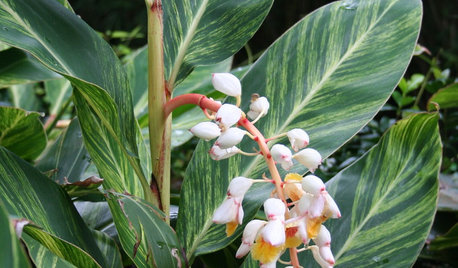
GARDENING GUIDES7 Tropical Bulbs for a Summer Garden That Wows
Try these stunners in summer's powerful heat for garden thrills with an exotic flair
Full Story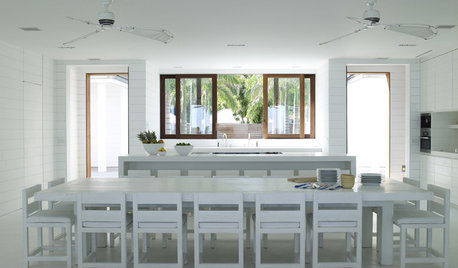
KITCHEN STYLESKitchen Workbook: 12 Elements of Tropical-Style Kitchens
Relax into that vacation-at-home feeling with a kitchen that evokes swaying palm trees and warm ocean breezes
Full Story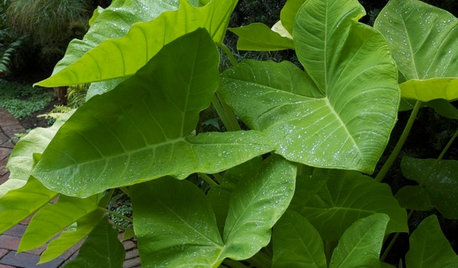
GARDENING GUIDES7 Tropical Wonders of the Plant World
Go for high impact with the spectacular foliage, over-the-top florals or iconic profiles of these hand-picked tropical favorites
Full Story
DECORATING GUIDES10 Ways to Give Your Hospitality a Tropical Touch
Treat guests to the resort treatment with blossoms, fruit and artwork that stir up an air of the exotic
Full Story
BATHROOM DESIGNWarm Up Your Bathroom With Heated Floors
If your bathroom floor is leaving you cold, try warming up to an electric heating system
Full StorySponsored



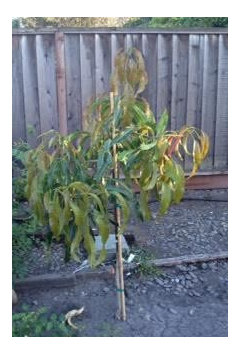



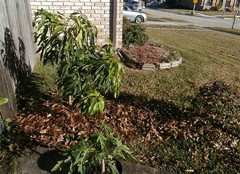

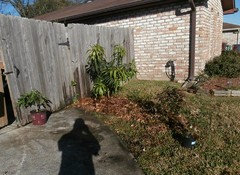
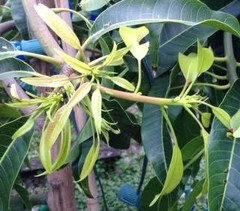

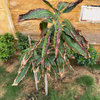
BahamaDan Zone 12b Subtropics